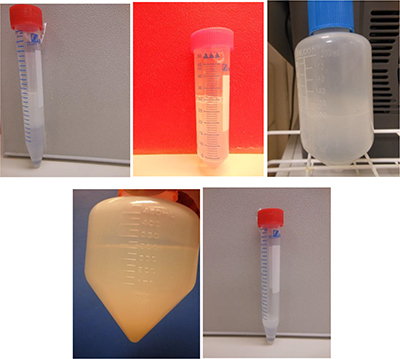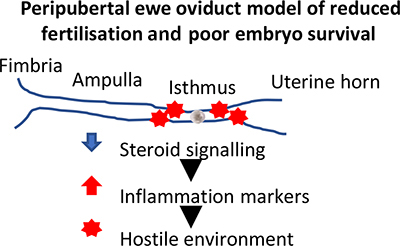Reproduction, Fertility and Development
Volume 36
Number 5 2024
Antimicrobial resistance is a global problem of monumental proportions, requiring radical action to stem its progress. One of the questionable uses of antibiotics is in semen doses used for artificial insemination, which may be contrary to current recommendations to restrict antibiotics for therapeutic purposes. This review describes some of the problems arising from antibiotic use in semen extenders and suggests some alternatives. Photographs by Jane M. Morrell.
This article belongs to the Collection Dedication to Jim Cummins.
The term ‘mitochondrial vesicle’ was first used in 2003 in a description of anuran sperm and persists to this day in the literature on assisted reproductive technologies (ART) for amphibians. In the present paper, we argue that the term ‘mitochondrial vesicle’ is inappropriate because the widely accepted definition of a ‘vesicle’ refers to an integral structure with an enclosing lipid bilayer/membrane. Photograph by Robert Browne.
This article belongs to the Collection Dedication to Jim Cummins.
Declining fertility is an issue in multiple mammalian species, with around 15% of couples experiencing infertility. Differential expression of genes involved in inflammation, linked with altered steroid signalling in the oviduct, was observed in peripubertal ewes, a model of poor fertility. Ensuring that the oviductal environment does not become hostile to fertilisation and early embryo development may provide a novel approach to improve fertility, particularly in conditions associated with chronic low-grade inflammation. Photograph by Jenny Juengel.








